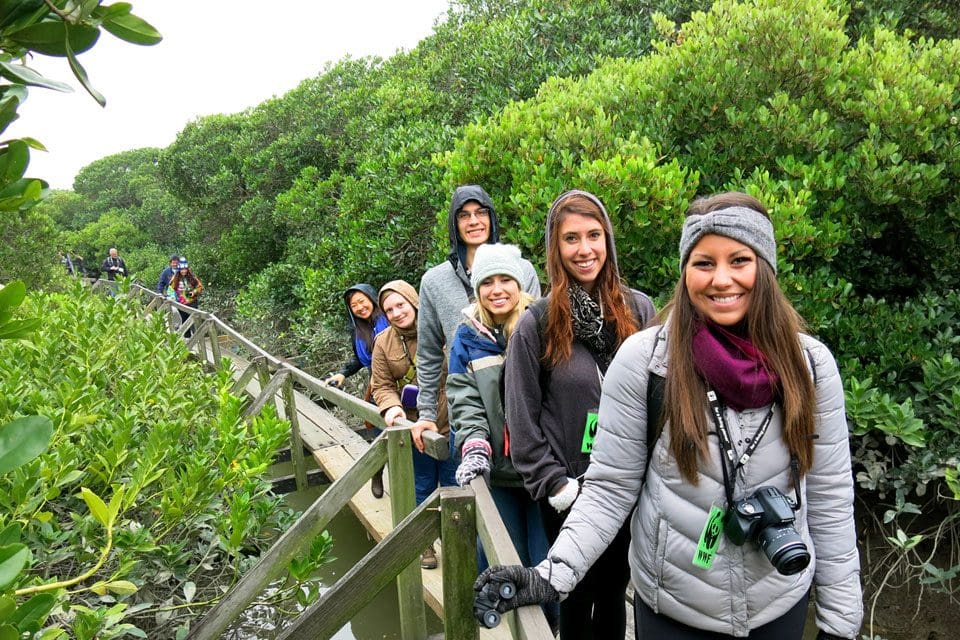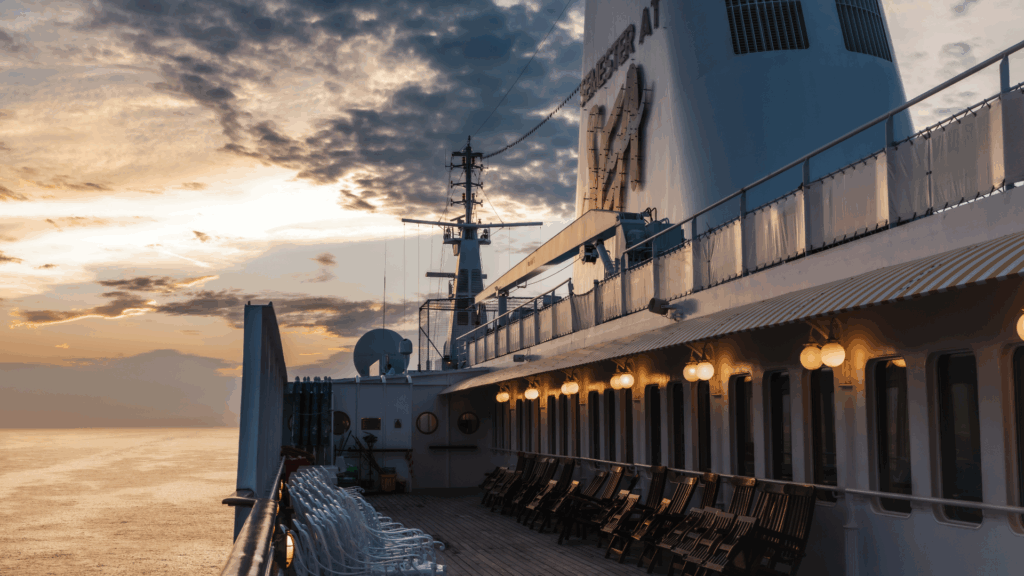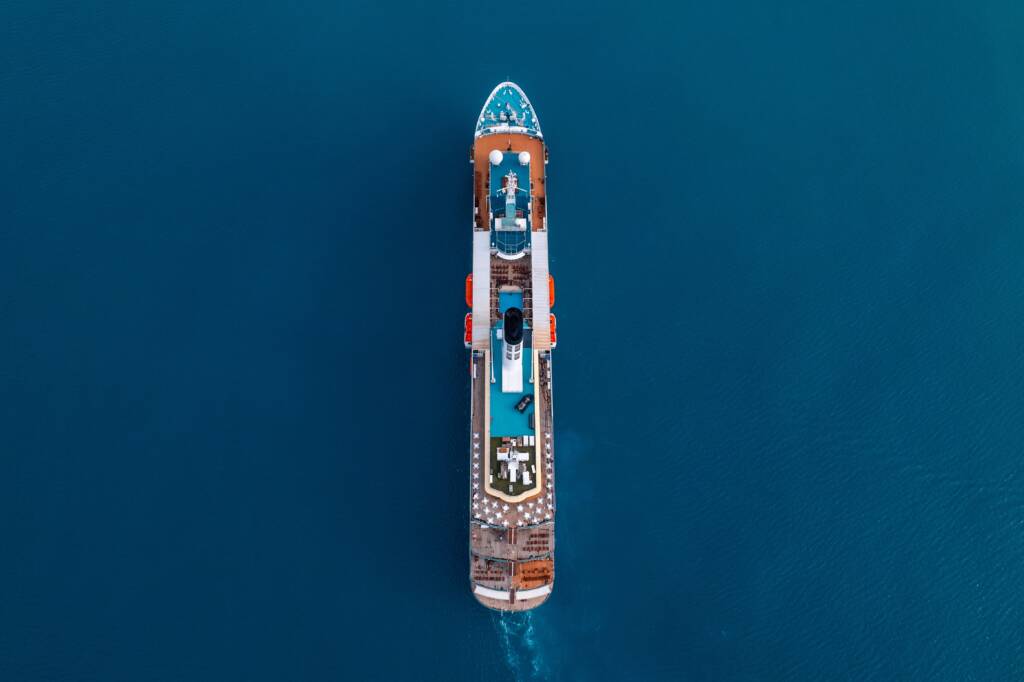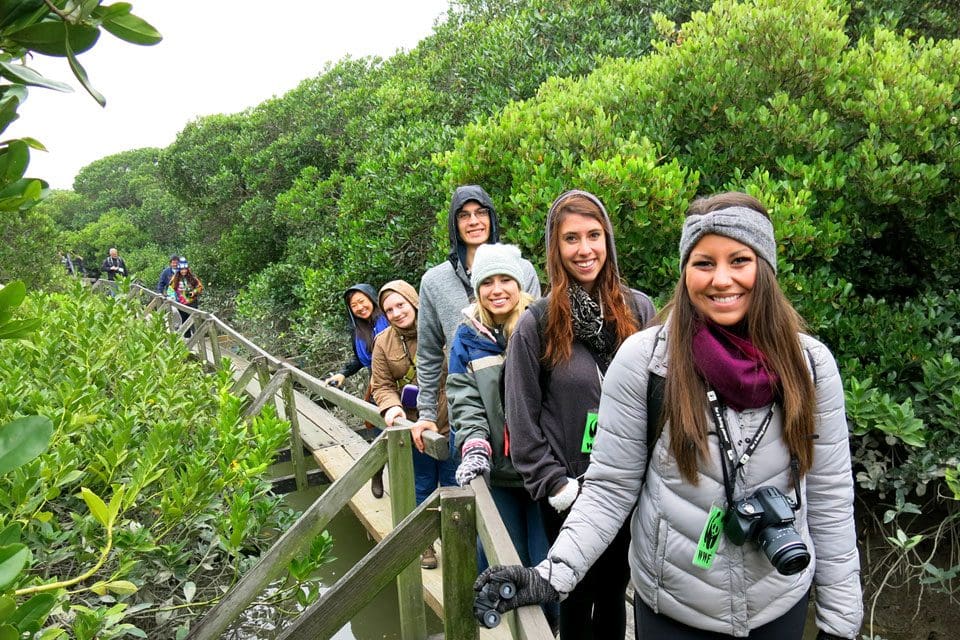
Standing on a path that bisects a commercial fish farm and the Mai Po Nature Reserve, the students in Gary Griggs’ Human Impacts on Coastal Environments class had a clear view of the land that told a story of the region. In the foreground was a multitude of bird species, mangrove trees, and expansive marshland. In the background were hundreds of looming high-rise apartment buildings and towering corporate skyscrapers. With the help of two local professors from Hong Kong University, the reason for this juxtaposition was explained along with all of the forces that may decide the future of the area.
The Mai Po Nature Reserve, which is managed by the World Wide Fund (WWF) for Nature Hong Kong, is an important migratory stop for nearly 100,000 birds each year such as the Great Spotted Eagle, Japanese Quail and the critically endangered Christmas Island Frigatebird. The reserve’s mudflats and mangroves are filled with insects, fish and shrimp making it an ideal refueling station before a long flight to Australia. With rapid development in the city of Shenzhen inching closer and closer to the reserve, this land and the birds that depend on it are under constant threat.

When Professor Griggs was on his first voyage with Semester at Sea 30 years ago, he saw the nearby city of Shenzhen as a small village surrounded by rice paddies. Through changing Chinese economic policies and rapid foreign investment, this city has grown and grown to more than 10 million citizens, becoming the largest manufacturing base in the world and an economic powerhouse for the region. During its expansion, many marshes and green spaces have been paved over to make space for new industry.
In the eyes of both the developers and the conservationists, the Mai Po Nature Reserve is a very important and valuable piece of land.
Students in Griggs’ class spent their last day in China trekking through the park, learning the history of the area and taking time to catch a glimpse of some of the birds, representing more than 380 species, that inhabit the reserve. On the voyage so far, Neil De Smul of Drake University has primarily seen cities and cultural hotspots, so this visit to a natural area was a welcome change for him and a great way to enrich his studies. “I like the class because we get to visit ports and coastlines firsthand instead of just seeing a Powerpoint.”
By conducting environmental impact assessments and showing the potential damage that would be caused by future construction, the WWF is doing all it can to keep developers at bay. Learning about these conservation efforts was of particular interest to Catherine Goff, a zoology major from Oregon State University. “It was nice to see how other countries are preserving what could be destroyed in the long run if improperly managed.”
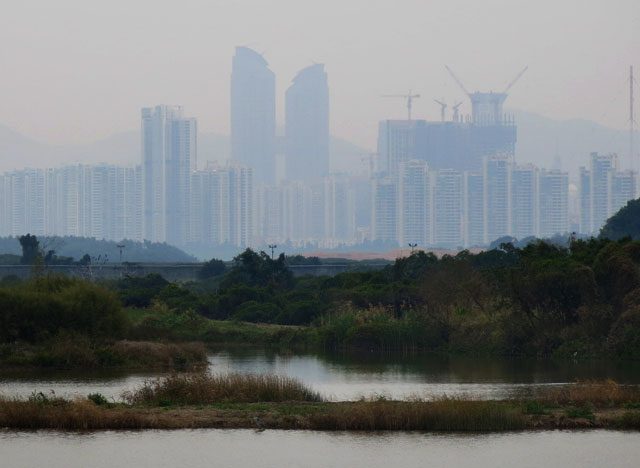
Caroline Dingle, a guide for the day and professor from Hong Kong University, took the time to outline the challenges of maintaing the space. “With birds flying through multiple countries, their protection involves the cooperation of multiple governments,” she said. If this cause is not taken up, however, the birds of the region could go the way of other countries who did not regulate its natural land. When South Korea ignored the potential ripple effects of its construction projects, according to Dingle, whole populations of birds died off and migratory patterns were irreparably disrupted. She does not want this to happen with the Mai Po Reserve.
With a first hand look at how this land is under pressure from larger forces, students can now apply it to their classroom work and general understanding of society’s impact on delicate natural ecosystems. According to Courtney Smith from Transylvania University, this field lab was a turning point in the class and an introduction to the ways in which the environment is being protected. For the remainder of the course, students will be able to unpack this field lab as well as explore other human impacts on the places they will be visiting.
